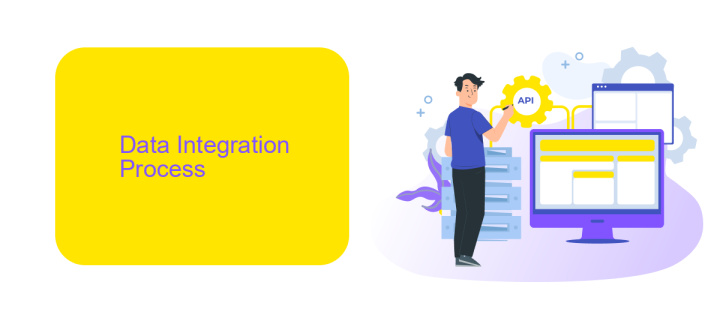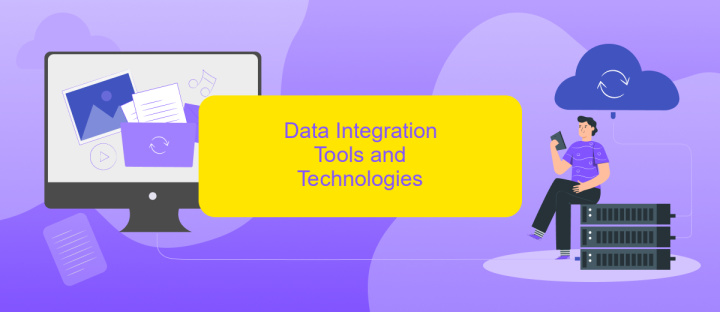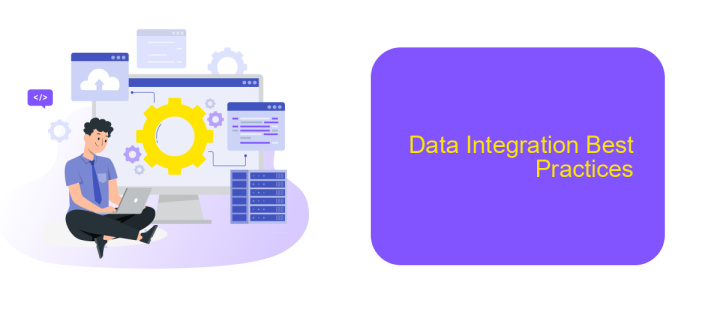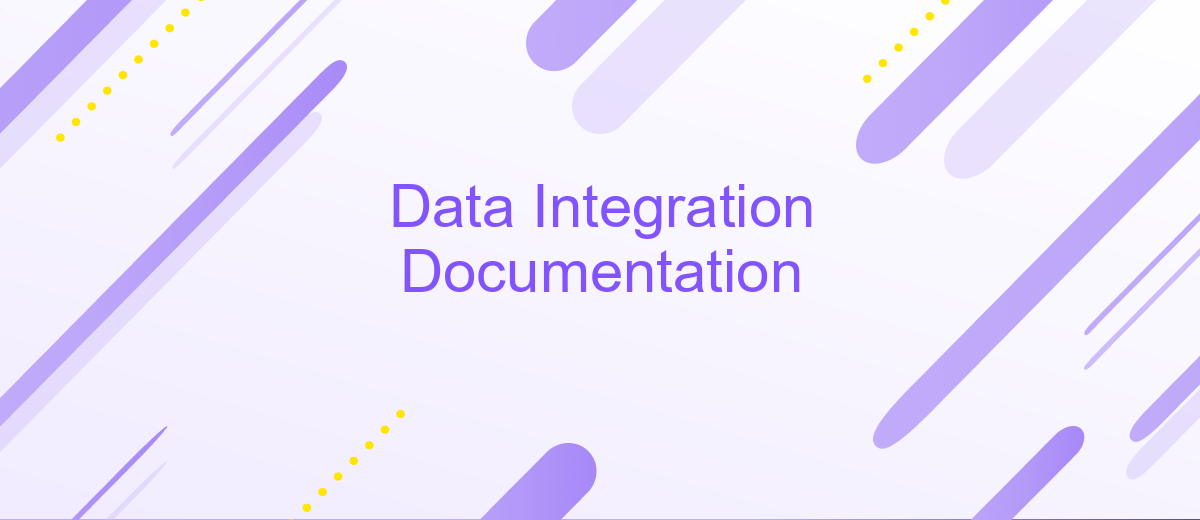Data Integration Documentation
Data integration is a critical process for combining data from different sources into a unified view, enabling businesses to make informed decisions. This documentation provides a comprehensive guide to understanding, implementing, and optimizing data integration practices. Whether you're a beginner or an experienced professional, this resource will help you navigate the complexities and unlock the full potential of your data.
Introduction
Data integration is a critical aspect of modern business operations, enabling seamless communication and data flow between various systems and applications. Effective data integration ensures that information is consistently accurate, up-to-date, and accessible across different platforms, thereby enhancing operational efficiency and decision-making processes.
- Centralized data management
- Improved data accuracy and consistency
- Enhanced operational efficiency
- Better decision-making capabilities
One of the leading tools in the field of data integration is ApiX-Drive. This service simplifies the process of connecting various applications and automating data transfer between them. By utilizing ApiX-Drive, businesses can streamline their workflows, reduce manual data entry, and minimize errors, ultimately saving time and resources. Whether integrating CRM systems, marketing platforms, or any other business applications, ApiX-Drive offers a user-friendly interface and robust functionality to meet diverse integration needs.
Data Integration Process

Data integration is a crucial process that involves combining data from different sources into a single, unified view. This process typically starts with data extraction, where data is collected from various sources such as databases, APIs, and flat files. Once the data is extracted, it undergoes a transformation phase where it is cleaned, formatted, and standardized to ensure consistency and compatibility. The final step is data loading, where the transformed data is loaded into a target system, such as a data warehouse or a data lake, for further analysis and reporting.
To streamline the data integration process, many organizations leverage specialized tools and services. One such service is ApiX-Drive, which offers a user-friendly platform for setting up and managing data integrations without the need for extensive coding knowledge. ApiX-Drive supports a wide range of data sources and provides features like automated data synchronization, real-time updates, and customizable workflows. This makes it an ideal solution for businesses looking to optimize their data integration efforts and ensure seamless data flow across different systems.
Data Integration Tools and Technologies

Data integration tools and technologies are essential for combining data from different sources into a unified view. These tools help organizations streamline their data workflows, ensuring that data is accurate, consistent, and easily accessible. They also support various integration methods, such as ETL (Extract, Transform, Load), data replication, and data virtualization.
- ETL Tools: These tools extract data from different sources, transform it into a suitable format, and load it into a target system. Examples include Apache NiFi, Talend, and Informatica.
- Data Replication Tools: These tools replicate data across different databases and systems to ensure consistency and availability. Examples include HVR Software, Qlik Replicate, and Oracle GoldenGate.
- Data Virtualization Tools: These tools provide a virtual view of data from multiple sources without physically moving it. Examples include Denodo, TIBCO Data Virtualization, and Dremio.
- Integration Platforms as a Service (iPaaS): These cloud-based platforms, such as ApiX-Drive, facilitate the integration of various applications and services, automating data workflows and reducing the need for manual intervention.
By leveraging these tools and technologies, organizations can enhance their data integration processes, leading to more informed decision-making and improved operational efficiency. Selecting the right tool depends on the specific needs and existing infrastructure of the organization, ensuring seamless data flow and accessibility.
Data Integration Best Practices

Effective data integration is crucial for ensuring seamless operations across various systems and platforms. To achieve this, it’s essential to follow best practices that enhance data accuracy, consistency, and accessibility.
First, always prioritize data quality by implementing validation and cleansing processes. This ensures that the integrated data is accurate and reliable. Additionally, maintaining clear and comprehensive documentation for each integration process is vital for future troubleshooting and updates.
- Use standardized data formats and protocols to ensure compatibility.
- Automate data integration tasks to minimize human error and increase efficiency.
- Regularly monitor and audit data flows to identify and resolve issues promptly.
- Leverage tools like ApiX-Drive to streamline the integration process and reduce manual workload.
By adhering to these best practices, organizations can optimize their data integration efforts, leading to more informed decision-making and improved operational efficiency. Implementing robust tools and maintaining high standards of data quality will ensure long-term success in data management.
Data Integration Governance
Data integration governance is a critical aspect of ensuring the quality, security, and compliance of integrated data across various systems. It involves establishing policies, procedures, and standards to manage data integration processes effectively. This governance framework ensures that data is consistently accurate, accessible, and reliable, thereby supporting informed decision-making and operational efficiency. Key components include data quality management, metadata management, and data security protocols, all of which contribute to a robust data governance strategy.
Implementing tools like ApiX-Drive can significantly streamline data integration governance. ApiX-Drive offers automated workflows and real-time data synchronization, reducing the risk of errors and enhancing data consistency. It supports a wide range of applications and services, making it easier to maintain data integrity across different platforms. By leveraging such tools, organizations can enforce governance policies more effectively, ensuring that data integration processes are not only efficient but also compliant with regulatory standards. This holistic approach to data integration governance ultimately leads to more reliable and actionable business insights.
FAQ
What is data integration?
Why is data integration important?
How can I automate data integration processes?
What are the common challenges in data integration?
How do I ensure data security during integration?
Apix-Drive is a simple and efficient system connector that will help you automate routine tasks and optimize business processes. You can save time and money, direct these resources to more important purposes. Test ApiX-Drive and make sure that this tool will relieve your employees and after 5 minutes of settings your business will start working faster.

